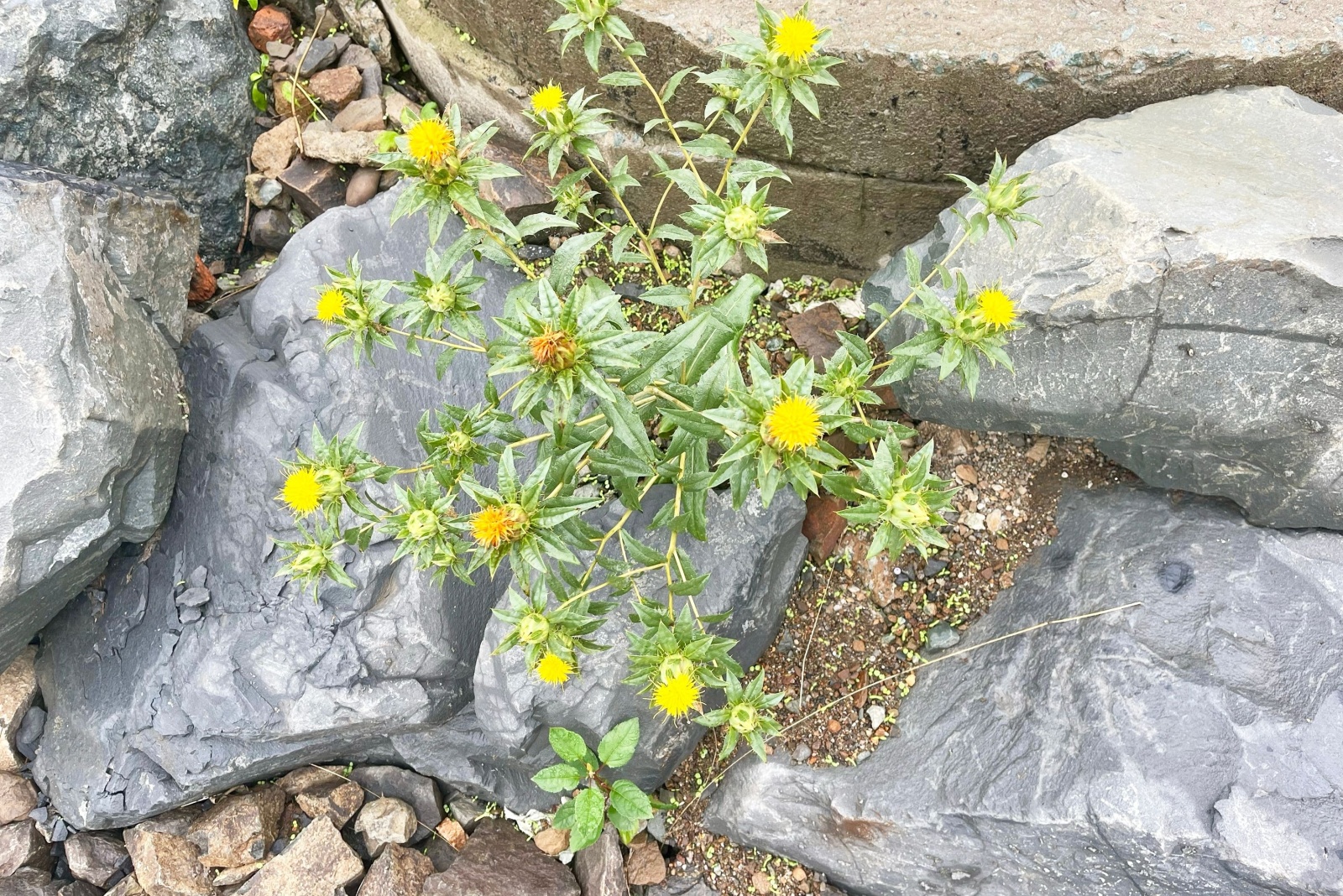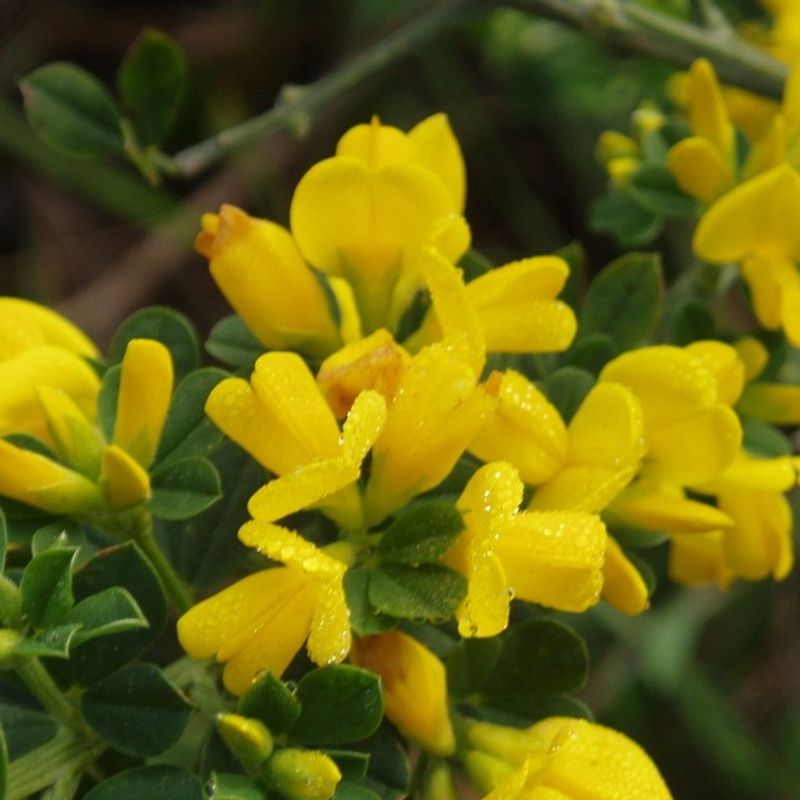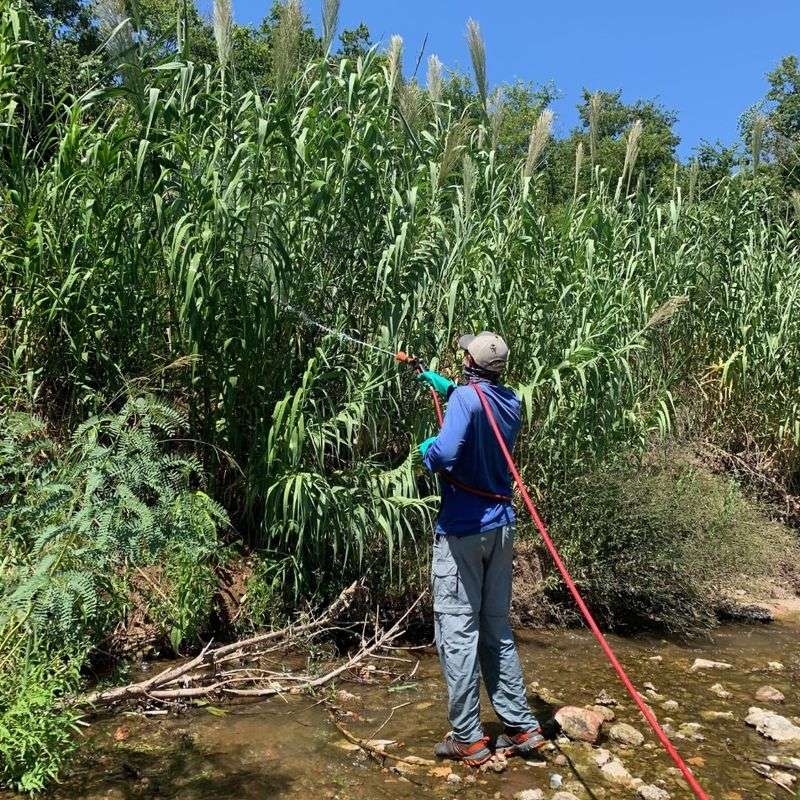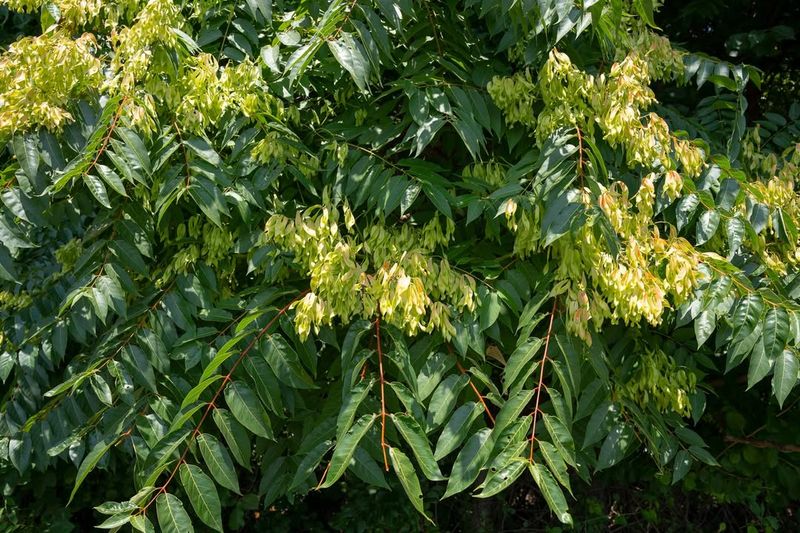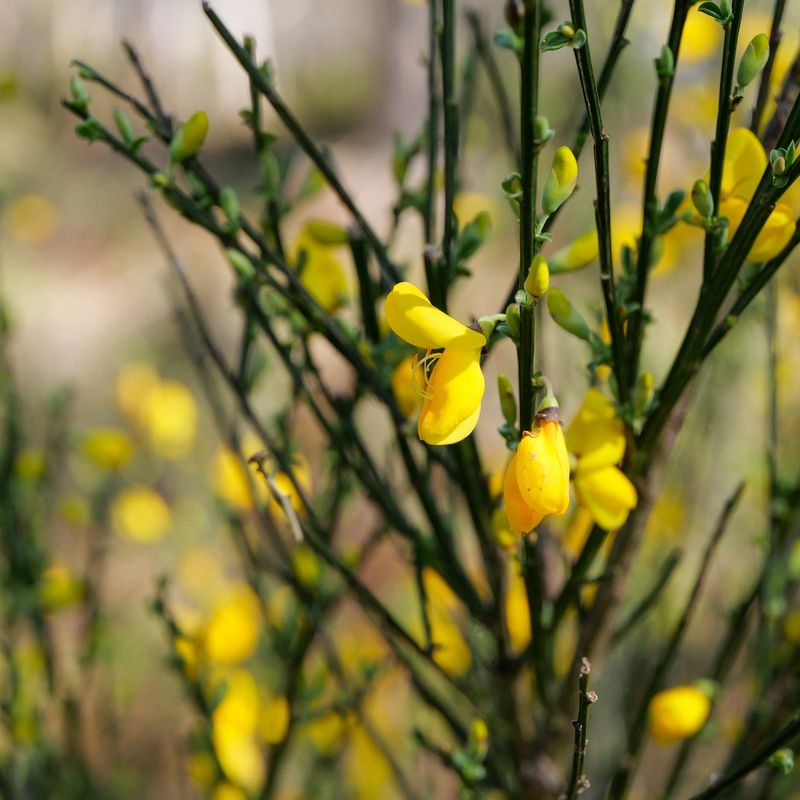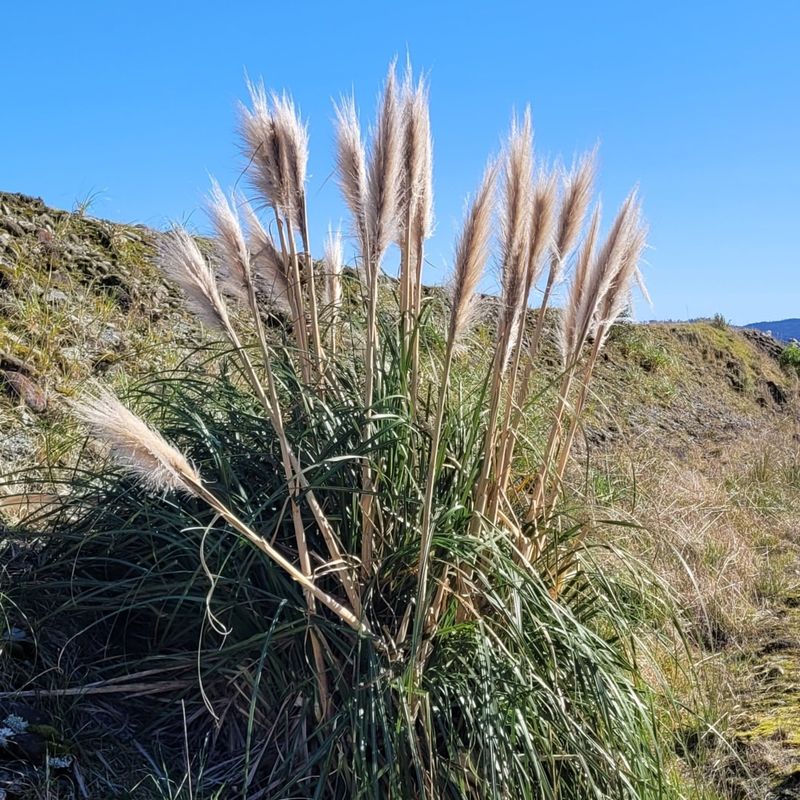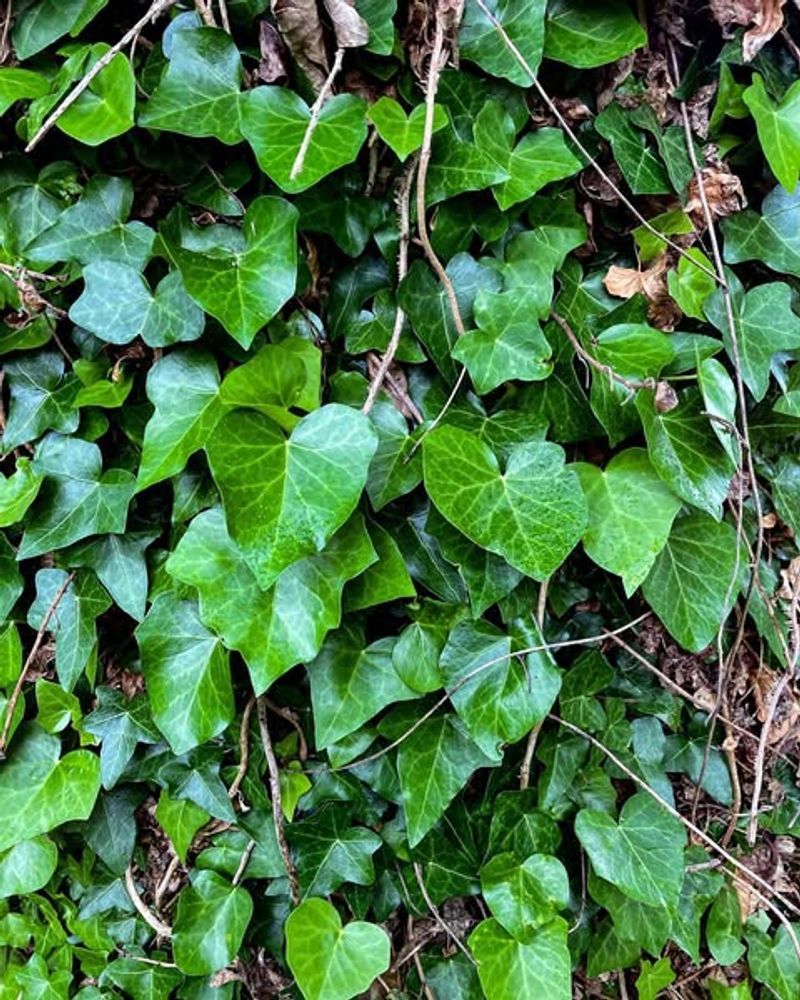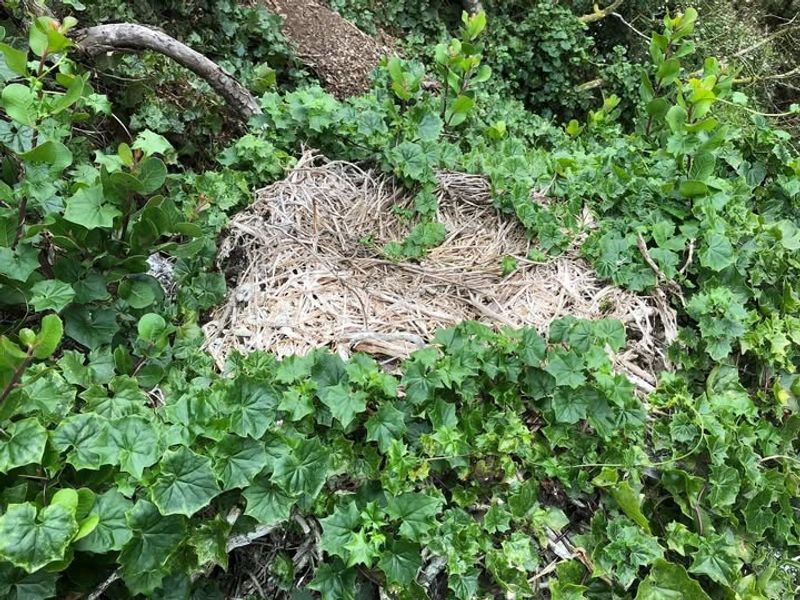Fall may bring cooler days to California, but invasive plants are still running full steam ahead. Left unchecked, they spread like wildfire, crowding out native plants and reshaping your garden before you know it.
Tackling these troublemakers now keeps them from gaining a stronger foothold and saves you a world of headaches come spring. A little fall cleanup goes a long way in keeping your landscape healthy and your garden back under your control.
1. Pampas Grass
Those tall, fluffy plumes might look pretty, but pampas grass is a major problem across California. Each plant produces millions of seeds that fly through the air and take root everywhere.
Fall is actually the best season to remove it because the roots are easier to dig up. You’ll need to cut it down first, then dig out the entire root ball to prevent regrowth.
Always wear gloves since the leaves have sharp edges that can cut your skin.
2. Yellow Starthistle
With vicious spines and bright yellow blooms, this nasty weed takes over fields and pastures at an alarming rate. Livestock won’t eat it because of those painful thorns, leaving more space for it to spread.
Pull young plants before they flower, making sure to get the taproot. Older plants need to be cut repeatedly to exhaust their energy reserves.
Dispose of all parts carefully since seeds can remain viable for years in soil.
3. French Broom
Covering hillsides with masses of yellow flowers sounds lovely until you realize French broom chokes out everything else. This shrub grows incredibly fast and creates dense thickets that increase wildfire danger.
Cut plants at ground level during fall, then treat stumps with herbicide to prevent sprouting. Smaller plants can be pulled by hand when soil is moist.
Never leave cut branches lying around since they can resprout from stem fragments.
4. Perennial Pepperweed
Wetlands across California are being smothered by this aggressive invader that forms thick stands. Birds and other wildlife lose important habitat when pepperweed takes over.
The extensive root system makes it tough to control, often requiring multiple treatment sessions. Fall treatments work well because the plant is moving nutrients to roots for winter storage.
Combining cutting with targeted herbicide applications gives the best results for long-term management.
5. Giant Reed
Towering up to 30 feet tall, giant reed looks like bamboo but causes way more problems along California’s waterways. It guzzles water that native plants and wildlife desperately need.
These plants also increase flooding risks by blocking natural water flow. Cut stems close to the ground in fall, then immediately apply herbicide to fresh cuts.
Multiple treatments over several years are usually necessary to fully eliminate established stands from your property.
6. Tree of Heaven
Despite its heavenly name, this fast-growing tree creates hellish problems for California gardeners and land managers. Roots release chemicals that poison surrounding plants, giving it an unfair advantage.
Cut trees produce dozens of new sprouts, making removal frustrating without proper technique. Fall is ideal for treatment since trees are pulling nutrients downward.
Apply herbicide immediately after cutting to destroy the root system completely and prevent that stubborn resprouting.
7. Fennel
You might recognize fennel from the grocery store, but wild populations are wreaking havoc on California’s coastal areas. Birds spread seeds far and wide, helping it invade natural habitats.
Pull young plants easily by hand, especially after fall rains soften the soil. Larger plants need digging to remove the entire taproot system.
Regular monitoring and quick action on new seedlings prevents small problems from becoming overwhelming infestations in your yard.
8. Scotch Broom
Bright yellow flowers cover this shrub each spring, but don’t let the cheerful blooms fool you. Scotch broom forms impenetrable thickets that crowd out native wildflowers and shrubs.
Seeds can survive in soil for 30 years, making control a long-term commitment. Remove plants before they set seed, ideally pulling small ones by hand in fall.
Larger shrubs require cutting combined with stump treatment to prevent the aggressive regrowth that makes this plant so troublesome.
9. Jubata Grass
Often confused with pampas grass, jubata grass actually spreads even faster and causes more ecological damage. Pink or purple plumes distinguish it from its white-plumed cousin.
Each plant is female and produces fertile seeds without pollination, explaining its explosive spread. Dig out entire root systems in fall when they’re most accessible.
Cutting alone just encourages more growth, so complete removal is essential for effective control of this persistent invader.
10. English Ivy
Climbing up trees and blanketing the ground, English ivy might look charming but it’s slowly strangling California’s native forests. Trees covered in heavy ivy are more likely to fall during storms.
Pull vines away from tree trunks carefully, cutting them at the base. Ground covers should be removed entirely, including all root fragments.
Fall removal is easier since plants aren’t growing as vigorously, making your work more effective and less exhausting.
11. Cape Ivy
Coastal areas suffer terribly from cape ivy’s smothering growth habit that covers shrubs and small trees completely. Native plants wither from lack of sunlight under these thick blankets.
Unlike English ivy, this species has succulent leaves and yellow daisy-like flowers. Hand-pull smaller infestations carefully, removing all stem fragments that could reroot.
Larger patches may require careful herbicide application to fully control without harming the native plants you’re trying to protect underneath.
12. Poison Hemlock
Extremely toxic to humans and animals, poison hemlock is spreading rapidly along California’s roadsides and waterways. Every part of this plant contains harmful alkaloids that can cause serious harm.
Always wear gloves, long sleeves, and eye protection when removing it. Pull young plants before they flower, bagging them for disposal away from livestock and pets.
Never burn poison hemlock since inhaling smoke from it can cause poisoning, making proper disposal absolutely critical for safety.

